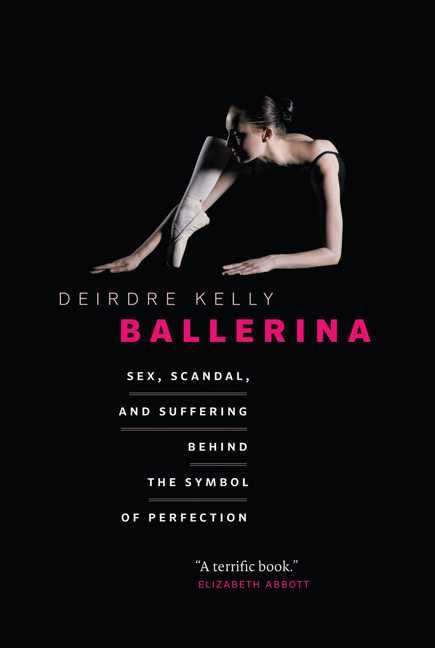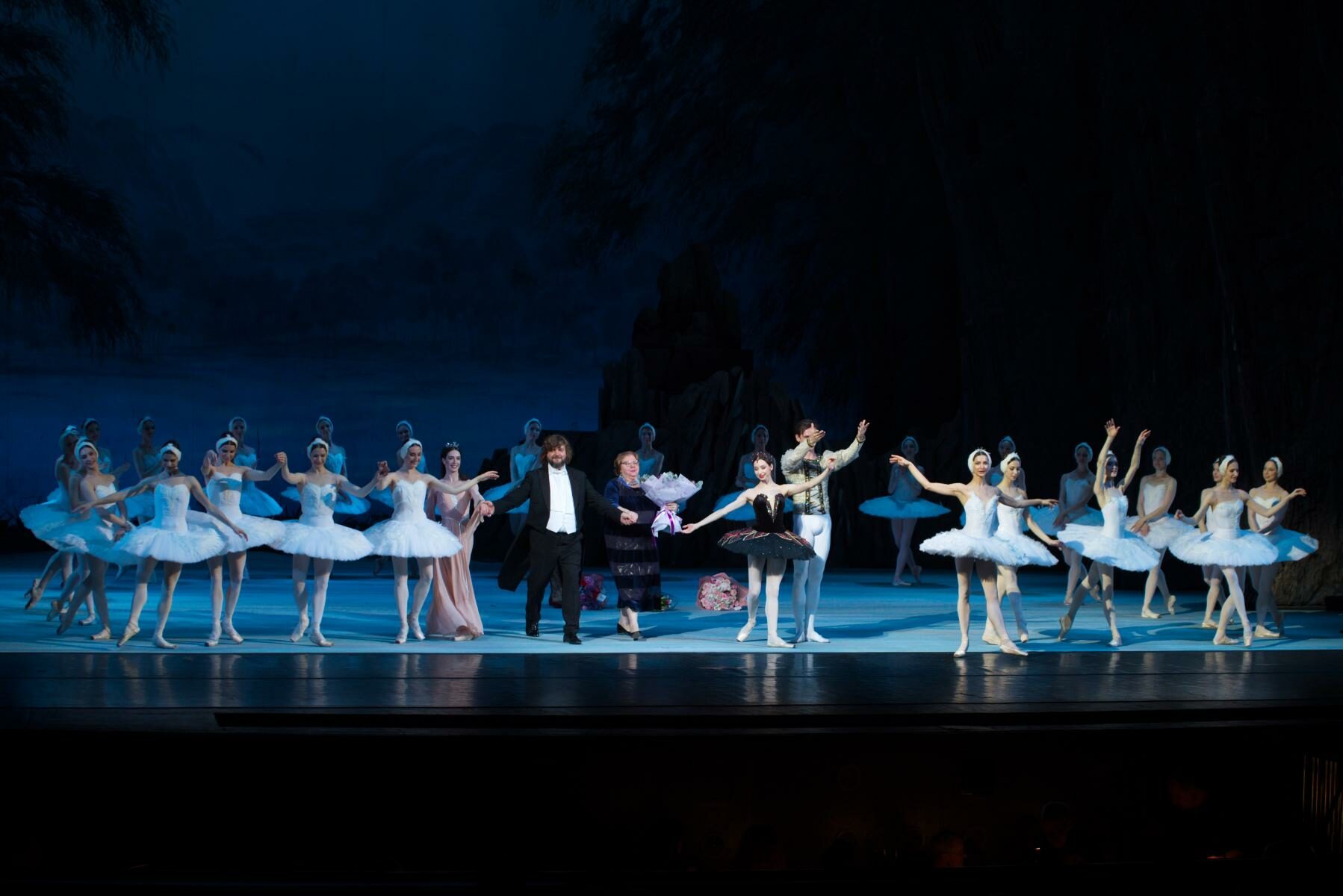Searching for Misery
Deirdre Kelly:
“Ballerina – Sex, Scandal and Suffering Behind the Symbol of Perfection”
272 pages, b&w illustrations
Greystone Books, 2012
ISBN: 1-926812-66-2
by Ilona Landgraf
Copyright © 2013 by Ilona Landgraf
 Sex sells – and especially well if accompanied by scandal and suffering victims. This truism is used by Deirdre Kelly, a Canadian journalist, author and dance critic, in her book “Ballerina – Sex, Scandal and Suffering Behind the Symbol of Perfection”, published in the autumn of last year. What looks like a knowledgeable overview of the role ballerinas have played in the course of time is actually more a collection of sentimental, glossy magazine stories.
Sex sells – and especially well if accompanied by scandal and suffering victims. This truism is used by Deirdre Kelly, a Canadian journalist, author and dance critic, in her book “Ballerina – Sex, Scandal and Suffering Behind the Symbol of Perfection”, published in the autumn of last year. What looks like a knowledgeable overview of the role ballerinas have played in the course of time is actually more a collection of sentimental, glossy magazine stories.
In about 200 pages Kelly paints a historical line from dance at King Louis XIV’s court to our time, but despite 250 or so references and considerable notes she seems less interested in insightful and comprehensive analysis – which exist already in Jennifer Homans’ excellent “Apollo’s Angels – A History of Ballet”. Kelly pieces together a patchwork of individual fates. Again and again she expresses her conviction that danseuses are tormented, ill-treated and exploited creatures, true martyrs in the service of art. Indeed, she persuasively depicts the situations of ballerinas of the French Ballet de cours, the Age of Enlightenment and the Romantic period. The Paris Opera’s murky backstage did degenerate into an institutionalized brothel, with career prospects dependent on the influence and number of the danseuse’s male protectors, fittingly called “les abonnés”. But things aren’t put into perspective. Not in accordance with the facts, for example, is that from circa 1840 on male roles in France were danced en travesti because so many girls stormed the ballet schools and had to be kept busy later. That the fatal accident of the Paris dancer Emma Livry in 1862 – her costume was set aflame during a dress rehearsal and she died as a result of her serious burns – led to the decline of the Romantic ballet in Paris and the subsequent artistic stagnation, is simply wrong. In this and similar instances, Jennifer Homans’ book is more reliable. (more…)


